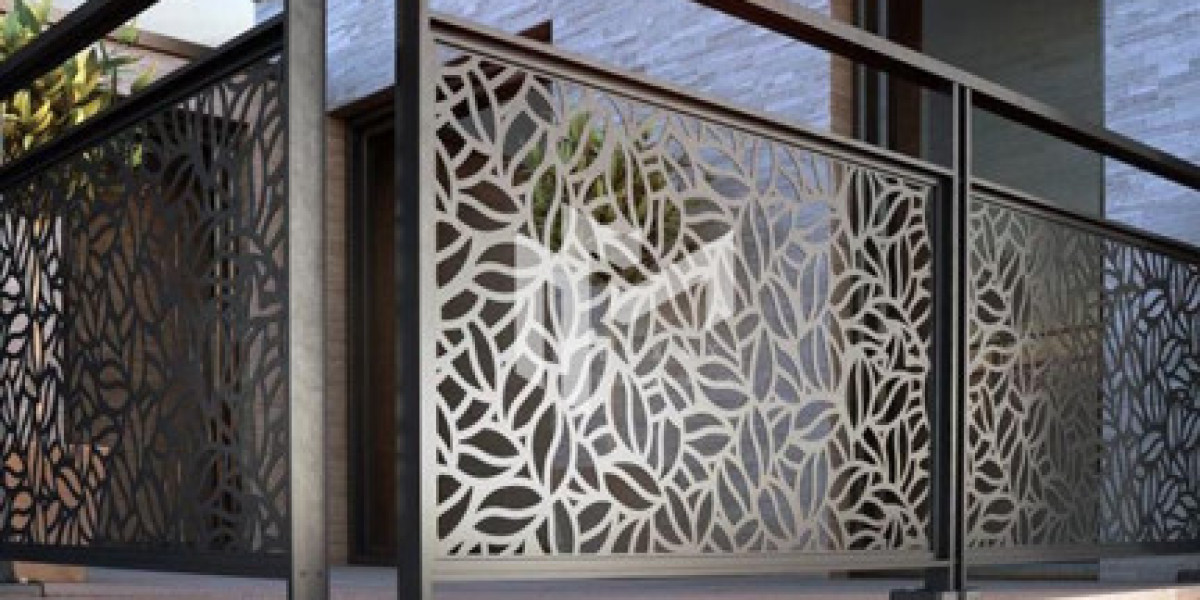In the realm of modern architecture, the curtain wall stands as a testament to innovation and functionality. Offering a seamless integration of form and function, curtain walls have become iconic features of skyscrapers, office buildings, and commercial complexes around the world. Providing expansive views, energy efficiency, and structural integrity, curtain walls redefine the way we perceive and interact with the built environment.
At its core, a curtain wall is a non-structural outer covering of a building that is composed primarily of glass and metal framing. Unlike traditional load-bearing walls, which support the weight of the structure, curtain walls bear only their own weight and transmit the forces imposed on them back to the building's main structure. This design allows for large expanses of uninterrupted glass, creating an illusion of transparency and openness that blurs the boundaries between indoors and outdoors.
One of the most significant advantages of curtain walls is their ability to offer panoramic views of the surrounding landscape. By maximizing the use of glass, architects can create spaces flooded with natural light and unobstructed vistas, enhancing the occupants' connection to the outside world. Whether it's a bustling city skyline, a tranquil waterfront, or a scenic countryside, Curtain wall view provide a frame through which to experience the beauty and dynamism of the environment.
Moreover, curtain walls play a crucial role in promoting sustainability and energy efficiency in buildings. By allowing ample daylight to penetrate deep into the interior spaces, curtain walls reduce the reliance on artificial lighting during the day, thereby lowering energy consumption. Additionally, advanced glazing technologies, such as low-emissivity coatings and insulated glass units, help to minimize heat transfer and improve thermal performance, reducing the need for heating and cooling systems.
Beyond their aesthetic and environmental benefits, curtain walls contribute to the overall structural integrity and safety of buildings. The lightweight nature of curtain wall systems reduces the overall dead load on the structure, allowing for greater design flexibility and efficiency. Furthermore, curtain walls can be engineered to withstand various environmental loads, including wind, seismic activity, and thermal expansion, ensuring the safety and comfort of occupants even in adverse conditions.
In recent years, advancements in materials and fabrication techniques have expanded the design possibilities of curtain walls, giving rise to innovative forms and configurations. From curved glass panels to parametrically generated facades, architects are pushing the boundaries of creativity to create iconic and expressive curtain wall designs. These custom-designed curtain walls not only serve practical functions but also become signature elements that define the identity and character of the buildings they adorn.
Additionally, curtain walls are evolving beyond their traditional role as passive enclosures, incorporating interactive and responsive features that engage with occupants and the surrounding environment. From kinetic facades that adjust their configuration based on weather conditions to integrated photovoltaic panels that harness solar energy, these smart curtain wall systems are transforming buildings into dynamic and sustainable ecosystems.
While curtain walls offer numerous benefits, they also present unique challenges in terms of maintenance, durability, and cost. Regular inspections and maintenance are essential to ensure the longevity and performance of Curtain wall view systems, particularly in harsh climates or high-traffic areas. Additionally, careful consideration must be given to factors such as material selection, installation methods, and weatherproofing to mitigate potential issues such as air and water infiltration.
In conclusion, curtain walls represent a paradigm shift in architectural design, offering a seamless blend of transparency, efficiency, and structural integrity. From providing breathtaking views to enhancing sustainability and safety, curtain walls have become indispensable elements of contemporary architecture. As technology continues to evolve and design boundaries are pushed ever further, the curtain wall remains a symbol of innovation and progress in the built environment.








